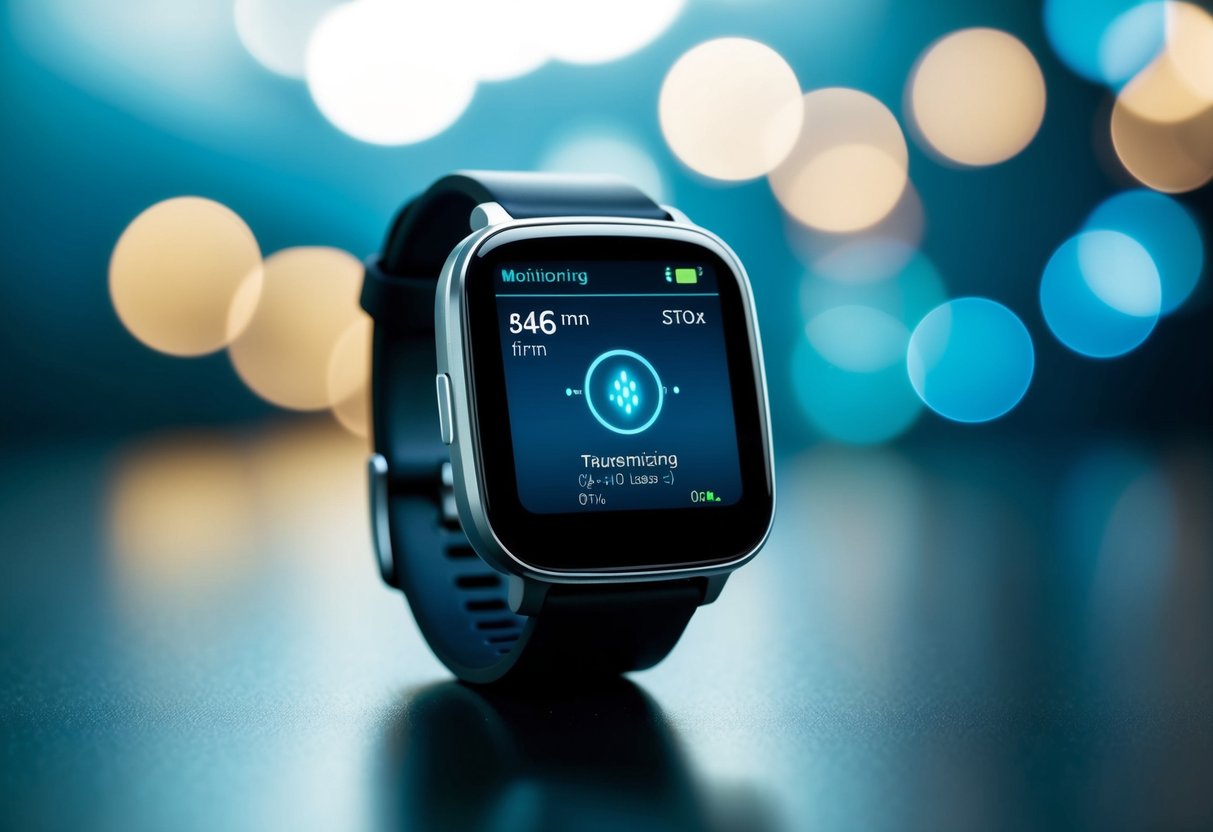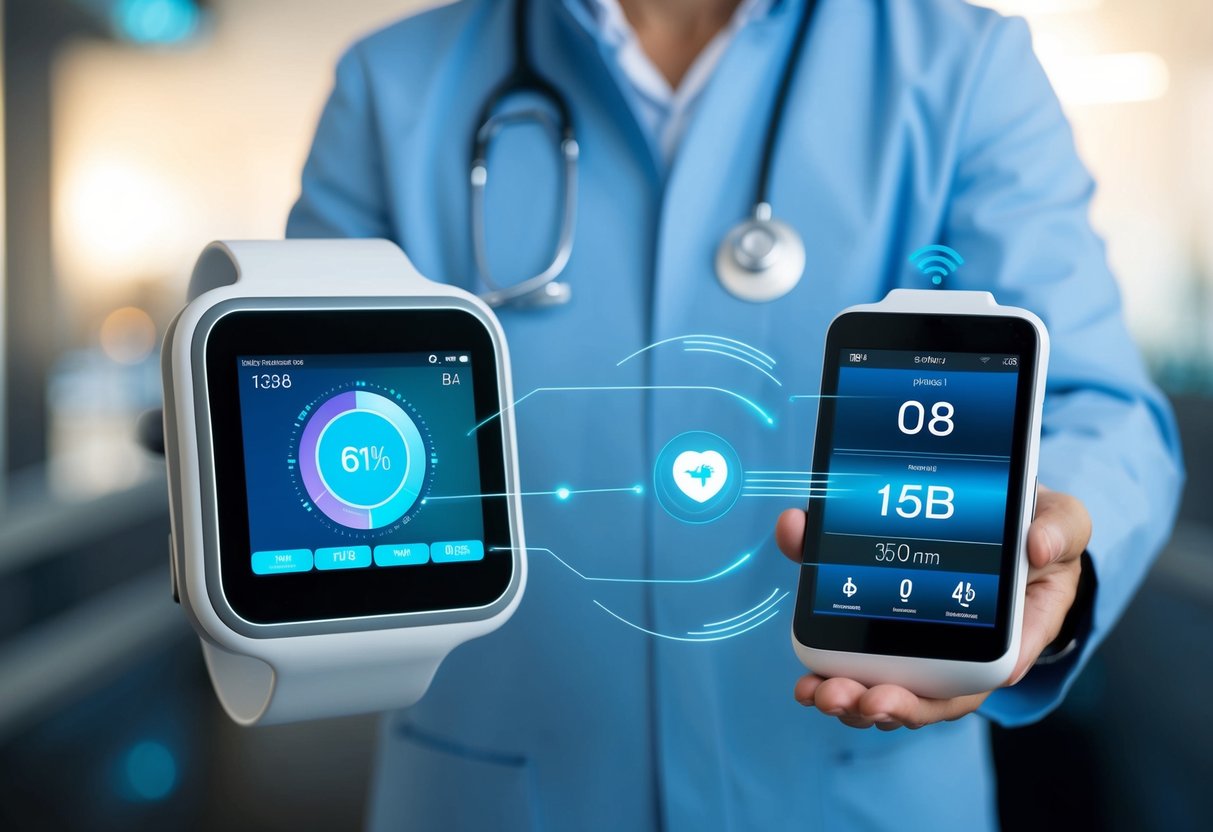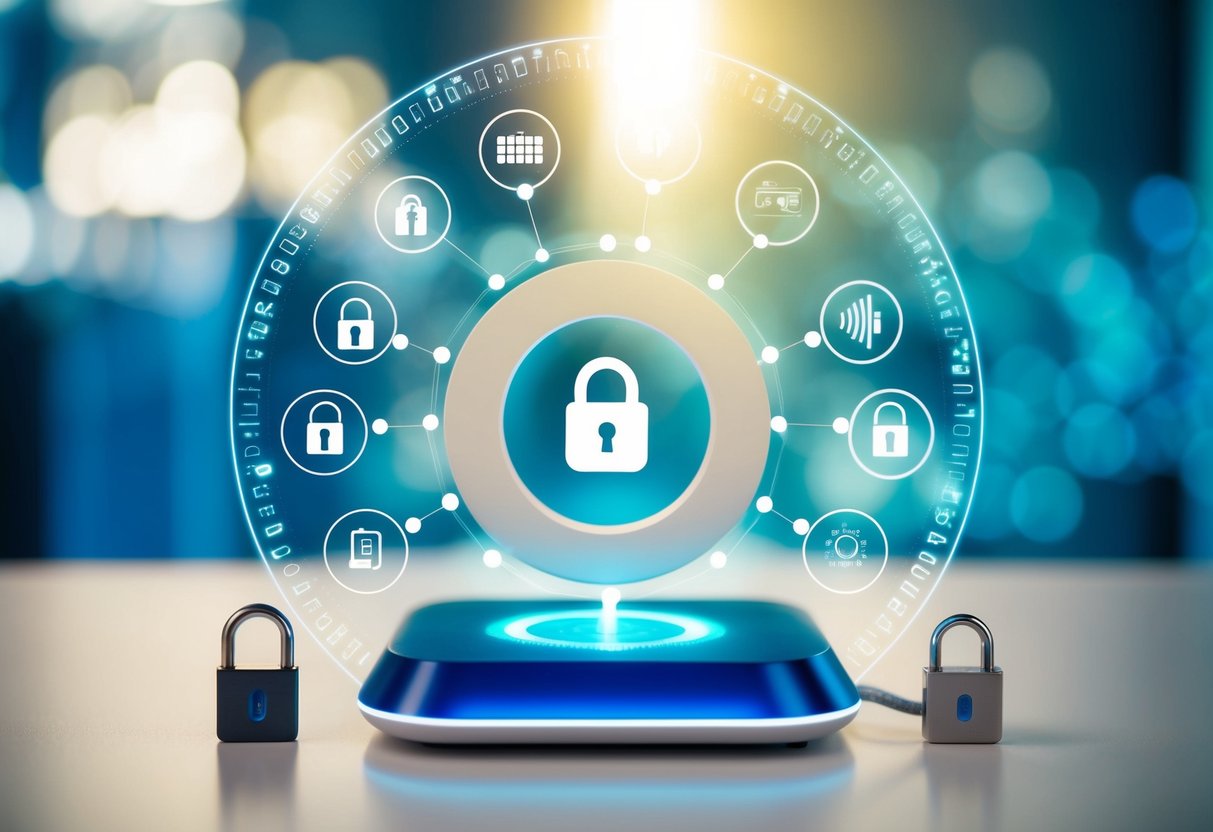
Health Systems and Remote Monitoring Integration

The integration of remote health monitoring into existing health systems is redefining healthcare delivery and enhancing efficiency. This evolution requires policy adjustments and changes in reimbursement mechanisms such as Medicare.
Healthcare Delivery and System Efficiency
Health systems are experiencing a transformation with remote monitoring technology. This approach allows for continuous patient observation from home, providing critical data that aids in timely diagnoses and interventions. As a result, hospitals can reduce admissions and optimize resource allocation.
Remote monitoring enhances system efficiency by minimizing the need for frequent in-person visits. It supports a shift toward more proactive care management, enabling healthcare providers to respond quickly to changes in a patient’s condition, which ultimately improves patient outcomes and can lower costs.
Policy, Legislation, and Medicare Reimbursement
Policy and legislation play crucial roles in integrating remote monitoring into mainstream healthcare. Governments are recognizing the need to adapt existing frameworks to support these innovations. Suitable policies ensure patient data security while promoting technological advancements.
Medicare reimbursement is a pivotal factor in the adoption of remote monitoring technologies. Adjustments in reimbursement schemes are essential to enable wider access for patients and ensure that providers are adequately compensated. This support is vital for the sustainable integration of these technologies into health systems.
Privacy, Safety, and Data Security Concerns

As remote health monitoring continues to evolve, ensuring the privacy and safety of patient data remains a top priority. Various entities and regulations aim to address these issues and mitigate potential risks.
Protecting Patient Information
Data protection is crucial in remote health monitoring systems. Sensitive information, like medical records and personal health data, is highly attractive to cybercriminals. Implementing robust encryption and access control measures helps prevent unauthorized access.
Healthcare organizations often find themselves balancing data accessibility with security. Adopting multi-factor authentication and continuous monitoring can enhance security. Moreover, staff training is essential to minimize human error, which can lead to data breaches.
Regulatory Barriers and Privacy Regulations
Regulatory frameworks, such as GDPR and HIPAA, dictate how patient data must be handled. These regulations establish stringent guidelines to protect patient privacy, imposing penalties for non-compliance. They ensure that only authorized individuals access personal health data and outline requirements for data anonymization.
Navigating these regulatory barriers can be challenging for healthcare providers. They must integrate compliance into their systems while managing operational demands. Interoperability issues also arise as systems try to align with varying international regulations. Clear policies are key to maintaining compliance and safeguarding patient information legally.
Patient Engagement and Self-management
Advancements in remote health monitoring have empowered patients to take an active role in managing their health. Improved access to education and personalized care tools are fundamental to driving engagement and self-management.
Education and Self-care Tools
The increasing availability of digital resources enhances patients’ knowledge and ability to manage their own health. Mobile apps and online platforms offer educational materials that cover various health topics, enabling individuals to learn at their own pace. These tools provide insights into disease management, lifestyle changes, and medication adherence. Personalized feedback and reminders can guide patients, helping to maintain consistent health practices. Access to these resources can greatly enhance patients’ confidence in taking charge of their well-being.
Self-care tools integrated into remote monitoring systems offer real-time data tracking. Patients interact with these devices for consistent feedback, encouraging proactive management of health conditions. Wearable technology monitors vital signs, while apps track physical activity and dietary intake. Patients receive alerts for irregular patterns, prompting timely interventions. This continuous monitoring and feedback loop can result in improved health outcomes.